- Children colour in the correct Zones of Regulation based on the colour monster’s expression.
- They can also colour the monster in their favourite colour.
The Colour Monster: Colour Me In!
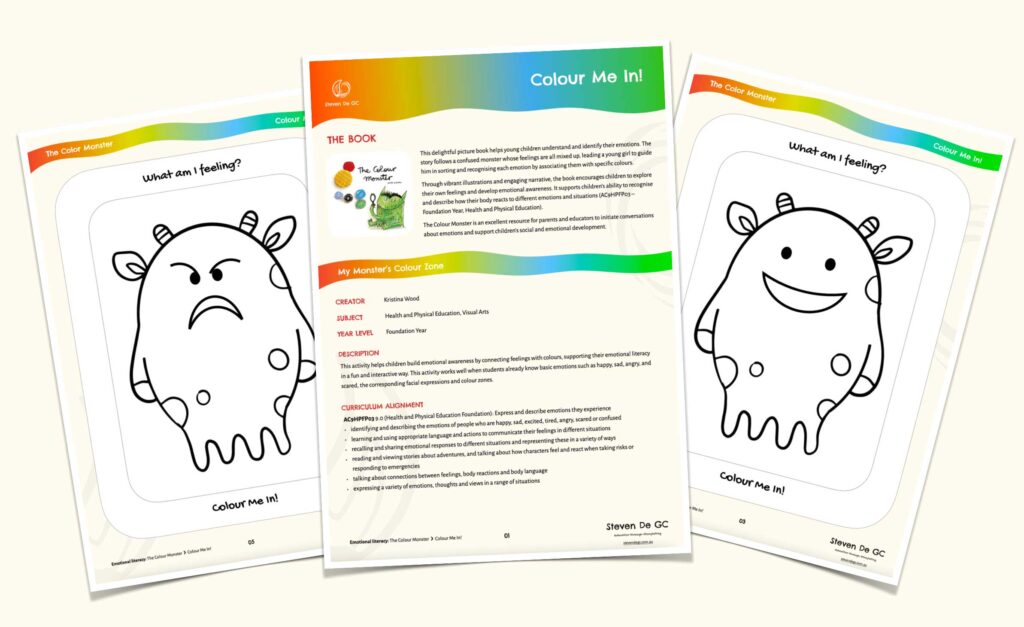
The Book
The Colour Monster
Written & illustrated by Anna Llenas, published by Templar
This delightful picture book helps young children understand and identify their emotions. The story follows a confused monster whose feelings are all mixed up, leading a young girl to guide him in sorting and recognising each emotion by associating them with specific colours.
Through vibrant illustrations and engaging narrative, the book encourages children to explore their own feelings and develop emotional awareness. It supports children’s ability to recognise and describe how their body reacts to different emotions and situations (AC9HPFP03 – Foundation Year, Health and Physical Education).
The Colour Monster is an excellent resource for parents and educators to initiate conversations about emotions and support children’s social and emotional development.
Resource creator
Kristina Wood
Subject
Level
Description
This activity helps children build emotional awareness by connecting feelings with colours, supporting their emotional literacy in a fun and interactive way. This activity works well when students already know basic emotions such as happy, sad, angry, and scared, the corresponding facial expressions and colour zones.
Learning Intentions
• Students are learning to develop their ability to identify the colour zone of feelings.
Successful Criteria
✔ I can match emotions to their corresponding colour zones.
✔ I can recognise and name a specific emotion based on the facial expression.
Curriculum Alignment
AC9HPFP03 9.0 (Health and Physical Education Foundation): Express and describe emotions they experience
• identifying and describing the emotions of people who are happy, sad, excited, tired, angry, scared or confused
• learning and using appropriate language and actions to communicate their feelings in different situations
• recalling and sharing emotional responses to different situations and representing these in a variety of ways
• reading and viewing stories about adventures, and talking about how characters feel and react when taking risks or responding to emergencies
• talking about connections between feelings, body reactions and body language
• expressing a variety of emotions, thoughts and views in a range of situations
Materials
- The book The Colour Monster by Anna Llenas
- Colour pencils, crayons and/or markers
- A Colour Me In! sheet
Instructions
Extensions
Check out our Monster’s Emotions and Colour Zones of Regulation activity here.
Downloads


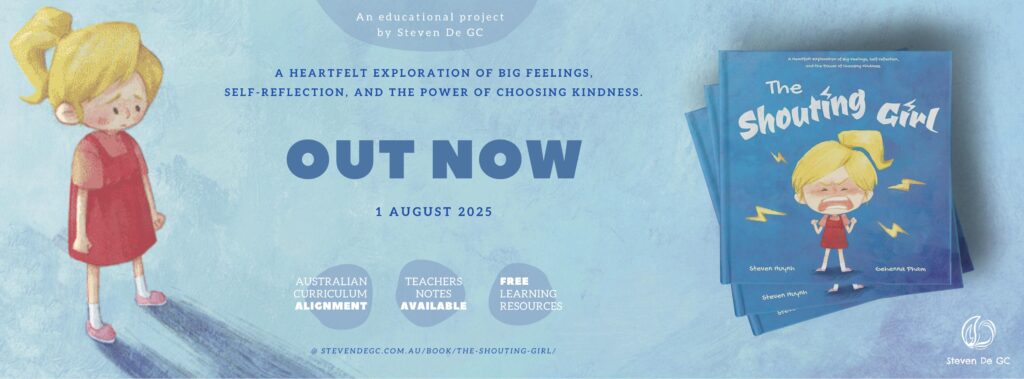
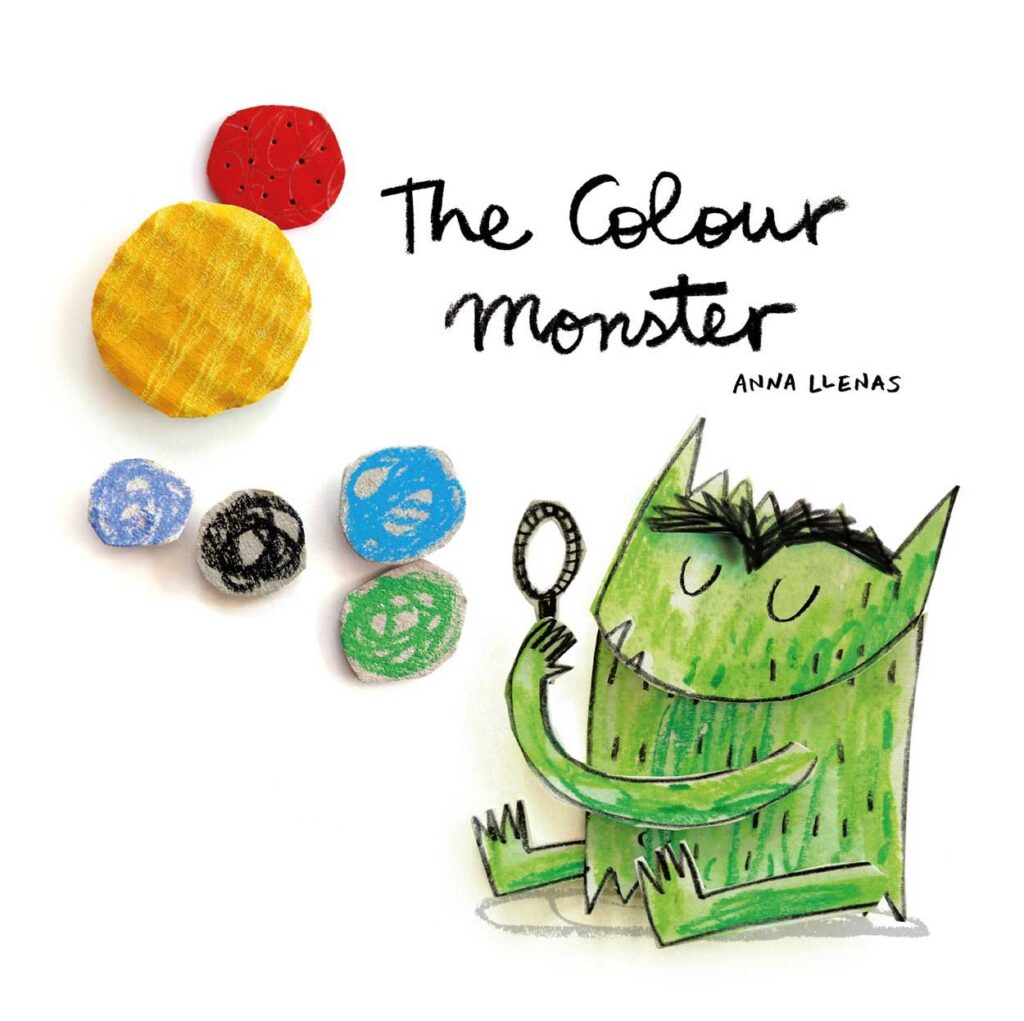
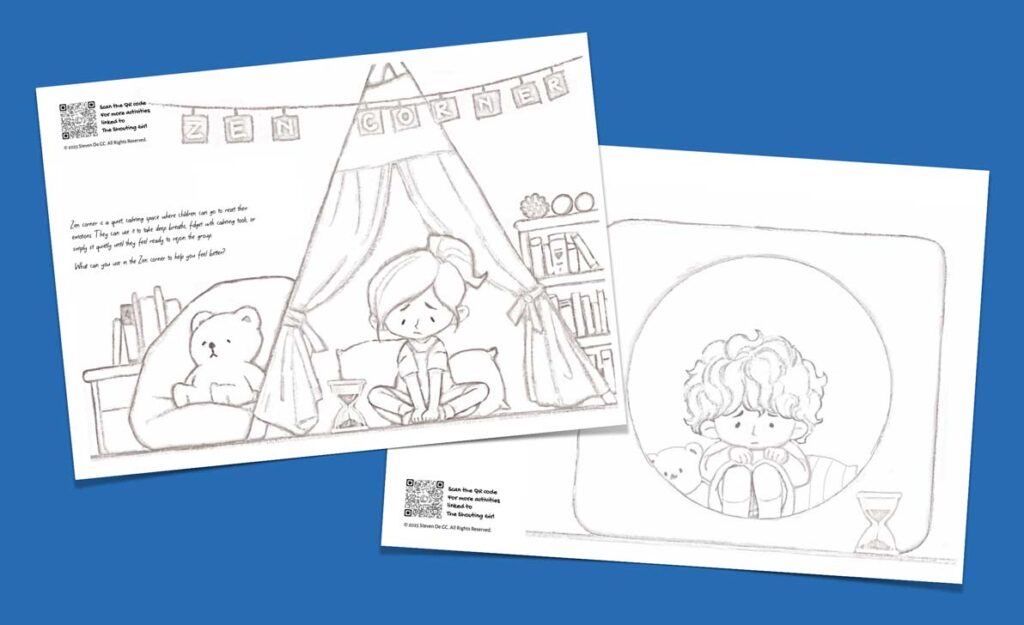
![[T4R] A Family is a Family is a Family: L2 Making Predictions [T4R] A Family is a Family is a Family: L2 Making Predictions](https://stevendegc.com.au/wp-content/uploads/2025/03/T4R-A-Family-is-a-Family-L2-Cover-1024x626.jpg)
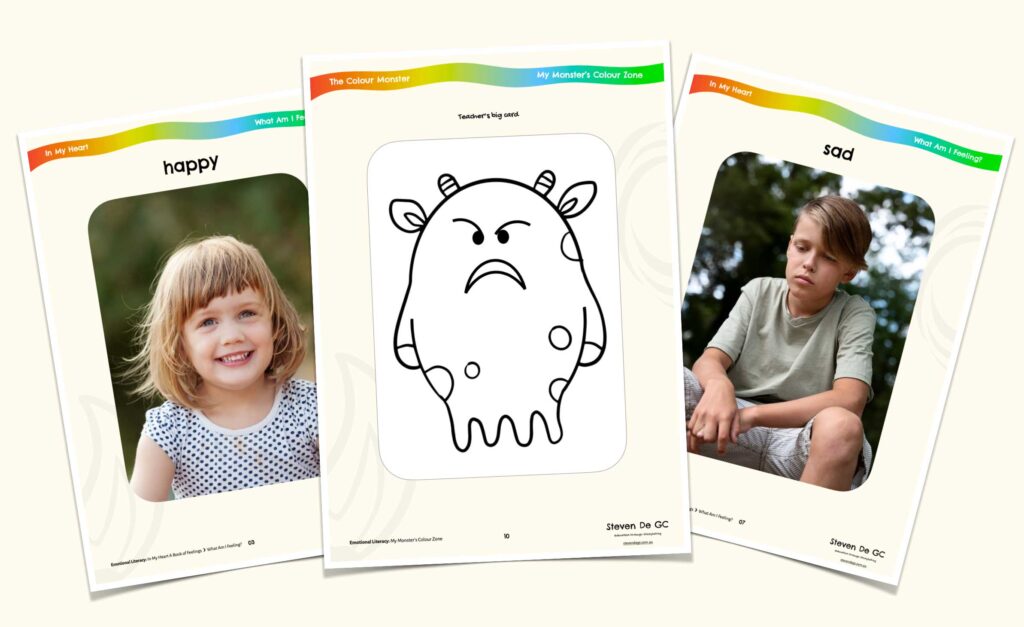
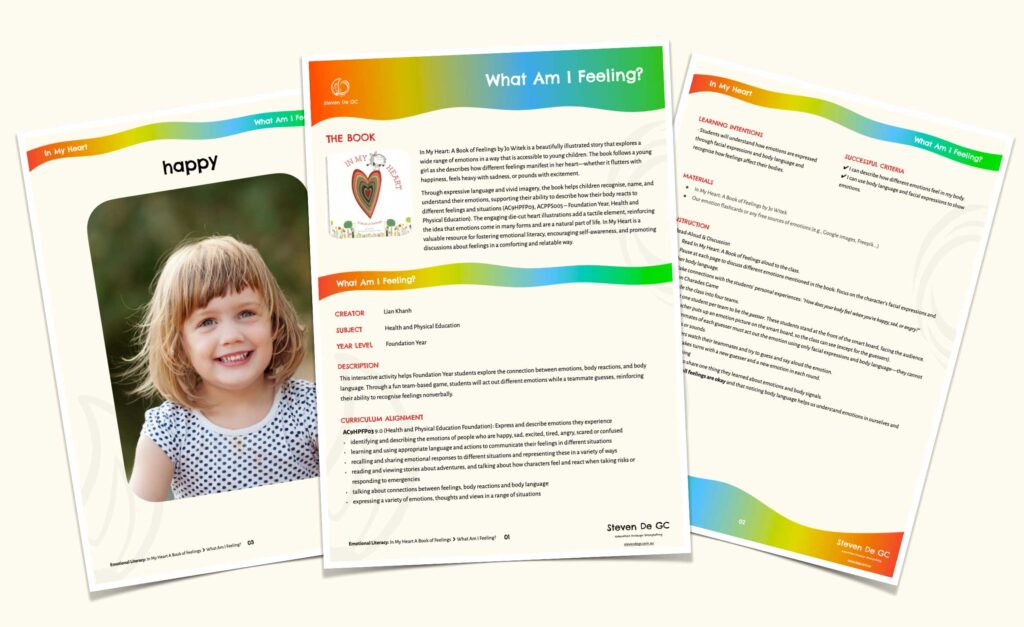
![[T4R] Stay For Dinner: L8 Respectful Relationships [T4R] Stay For Dinner: L8 Respectful Relationships](https://stevendegc.com.au/wp-content/uploads/2025/02/T4R-Stay-For-Dinner-L8-Cover-1024x627.jpg)
![[T4R] Stay For Dinner: L7 Cultural Respect [T4R] Stay For Dinner: L7 Cultural Respect](https://stevendegc.com.au/wp-content/uploads/2025/02/T4R-Stay-For-Dinner-L7-Cover-1024x626.jpg)
![[T4R] Stay For Dinner: L1 Background Knowledge [T4R] Stay For Dinner: L1 Background Knowledge](https://stevendegc.com.au/wp-content/uploads/2025/01/T4R-Stay-For-Dinner-L1-Cover-1.jpg)
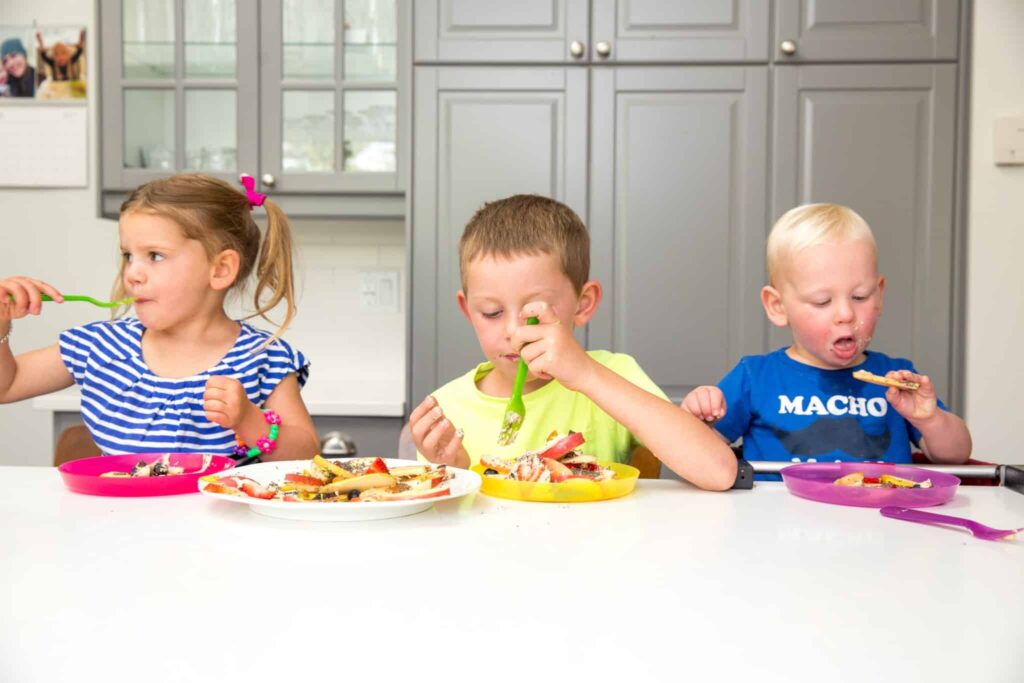
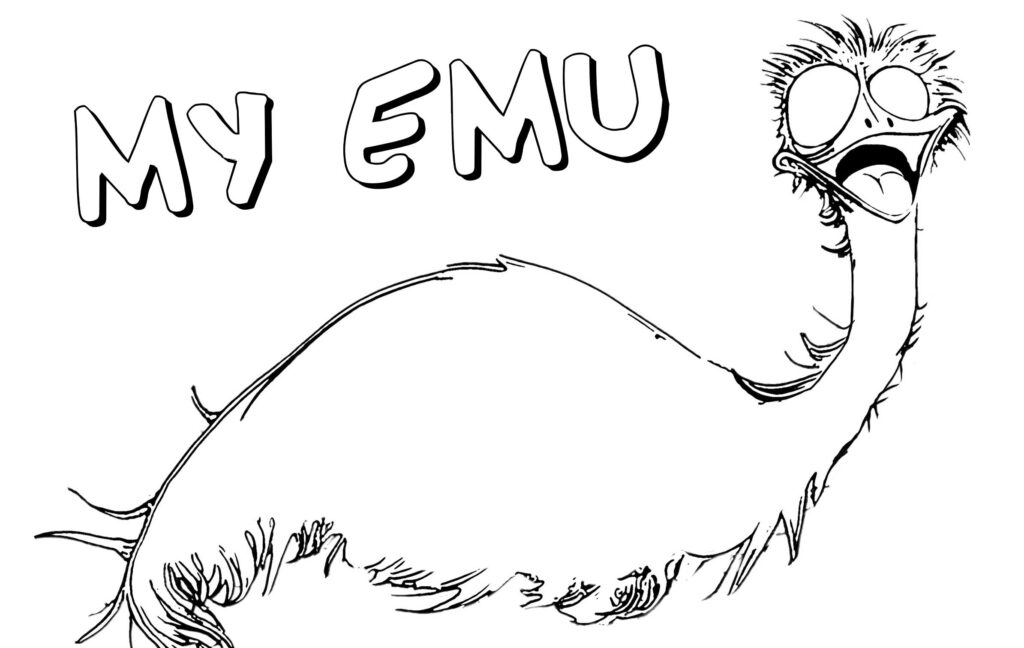
Leave a Reply